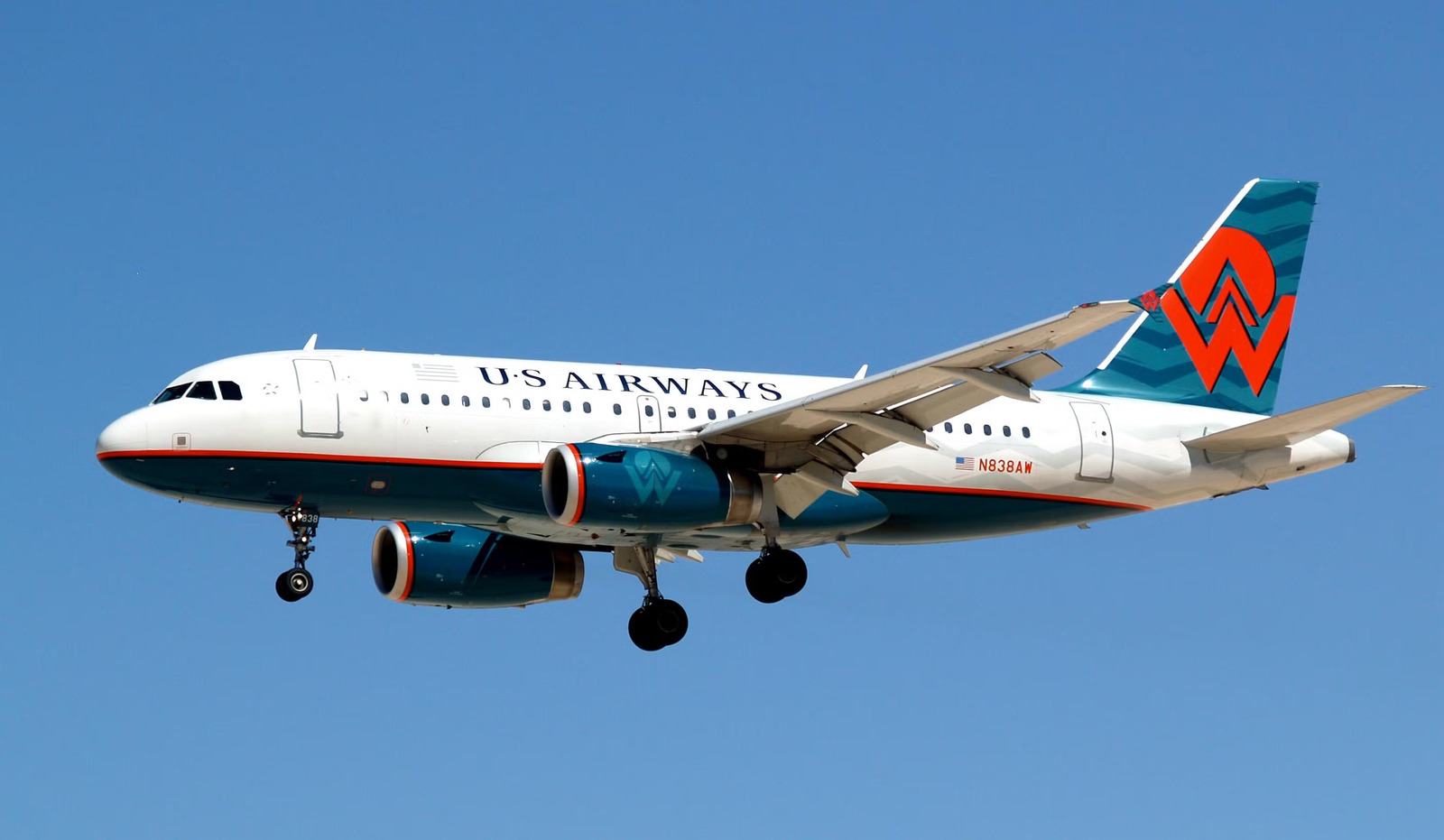
Ever wondered what makes U.S. airlines tick? From the bustling hubs of major cities to the serene skies above, these flying giants have fascinating stories. Did you know that the first commercial flight in the U.S. took off in 1914? Or that some airlines serve over 100 million passengers annually? U.S. airlines are a marvel of modern engineering and logistics. They connect people, places, and cultures, making the world feel a bit smaller. Whether you're a frequent flyer or just curious, these 25 facts will give you a new appreciation for the aviation industry. Buckle up and prepare for takeoff into the world of U.S. airlines!
Key Takeaways:
- U.S. airlines have a rich history, from the first commercial flight in 1914 to the revolutionary low-cost model of Southwest Airlines. Major carriers like American, Delta, and United have also made significant contributions to aviation innovation.
- Safety and environmental initiatives are top priorities for U.S. airlines. From the establishment of the FAA and TSA to commitments to carbon neutrality and sustainable fuel development, airlines are working to ensure passenger well-being and reduce their environmental impact.
History of U.S. Airlines
The history of U.S. airlines is rich and fascinating. From the early days of flight to the modern era, these facts highlight key moments and milestones.
- The first commercial airline in the U.S. was St. Petersburg-Tampa Airboat Line, which began operations in 1914.
- Pan American World Airways, founded in 1927, was the first airline to offer international flights.
- In 1930, Ellen Church became the first female flight attendant, working for Boeing Air Transport.
- The Airline Deregulation Act of 1978 removed government control over fares, routes, and market entry of new airlines.
- Southwest Airlines, founded in 1967, revolutionized the industry with its low-cost, no-frills service model.
Major U.S. Airlines
Several major airlines dominate the U.S. skies. These companies have grown through mergers, acquisitions, and strategic expansions.
- American Airlines is the world's largest airline by fleet size and revenue.
- Delta Air Lines, founded in 1925, is one of the oldest operating airlines.
- United Airlines was the first airline to introduce the Boeing 777 into commercial service in 1995.
- Southwest Airlines operates the largest fleet of Boeing 737 aircraft.
- JetBlue Airways, founded in 1998, is known for its customer-friendly policies and in-flight entertainment.
Innovations and Milestones
U.S. airlines have been at the forefront of many aviation innovations and milestones. These achievements have shaped the industry.
- In 1958, Pan Am launched the first transatlantic jet service with the Boeing 707.
- American Airlines introduced the first computerized reservation system, SABRE, in 1960.
- Delta Air Lines was the first to offer in-flight Wi-Fi on all domestic flights in 2013.
- United Airlines was the first to offer a loyalty program, MileagePlus, in 1981.
- Alaska Airlines pioneered the use of GPS for navigation in the 1990s.
Safety and Security
Safety and security are paramount in the airline industry. U.S. airlines have implemented numerous measures to ensure passenger well-being.
- The Federal Aviation Administration (FAA) was established in 1958 to regulate all aspects of civil aviation.
- After the 9/11 attacks, the Transportation Security Administration (TSA) was created to oversee airport security.
- U.S. airlines have one of the best safety records in the world, with continuous improvements in technology and training.
- The introduction of the Aviation Safety Action Program (ASAP) encourages voluntary reporting of safety issues by employees.
- Enhanced cockpit door security measures were implemented after 9/11 to prevent unauthorized access.
Environmental Initiatives
Airlines are increasingly focusing on sustainability and reducing their environmental impact. These initiatives highlight their efforts.
- In 2008, Virgin America became the first U.S. airline to offer carbon offset programs for passengers.
- Delta Air Lines committed to becoming the first carbon-neutral airline globally by 2030.
- American Airlines has invested in more fuel-efficient aircraft, such as the Boeing 787 Dreamliner.
- Southwest Airlines has implemented a comprehensive recycling program, including onboard recycling.
- JetBlue Airways has partnered with various organizations to promote sustainable aviation fuel development.
Final Takeaway on U.S. Airlines
U.S. airlines have a rich history and play a crucial role in connecting people across the country and the world. From the early days of commercial aviation to the modern era of advanced technology and customer service, these airlines have continuously evolved. They offer a range of services, from budget-friendly options to luxurious experiences, catering to various needs and preferences. Safety remains a top priority, with stringent regulations and continuous improvements. Frequent flyer programs provide added value for loyal customers. Understanding these facts can help travelers make informed decisions and appreciate the complexities of the airline industry. Whether you're a frequent flyer or an occasional traveler, knowing more about U.S. airlines enhances your travel experience. So next time you board a flight, you'll have a deeper appreciation for the journey and the industry that makes it possible.
Frequently Asked Questions
Was this page helpful?
Our commitment to delivering trustworthy and engaging content is at the heart of what we do. Each fact on our site is contributed by real users like you, bringing a wealth of diverse insights and information. To ensure the highest standards of accuracy and reliability, our dedicated editors meticulously review each submission. This process guarantees that the facts we share are not only fascinating but also credible. Trust in our commitment to quality and authenticity as you explore and learn with us.
